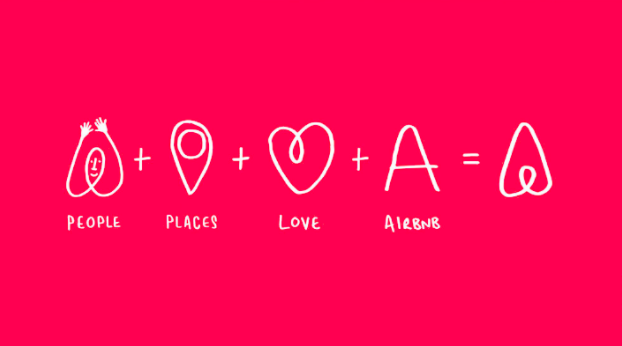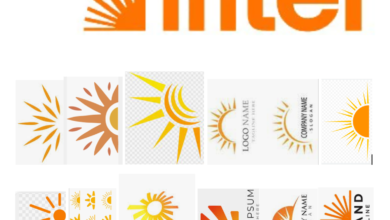[ad_1]
In today’s connected world, multi-national businesses of all sizes are increasingly common. And whether you’re a company of five or 5,000, one of the most important areas to invest time and resources into is your marketing team. The right Digital Asset Management (DAM) platform can give your global marketing team the tools, guidelines, and software they need to position your brand in a correct and cohesive way. Here are three strategies for successfully managing global marketing teams using DAM.
Educate Your Team on How to Use Your Assets
Have you ever deployed a huge marketing campaign, only to find out that one of your channel partners used an outdated product logo in their materials? A DAM eliminates the need for internal and external stakeholders to use Google as a means to find logos (something 72% of marketers are guilty of) that may be out of date. But your strategy should go further.
Simply showing your marketing team assets doesn’t mean they’ll immediately understand how to leverage those assets to the greatest benefit of your brand. Instead, incorporate DAM into your brand marketing training. Show your employees where that shade of “Oyster” lives in your DAM, and make sure to point out the attached metadata that explains how, when, and where to use that particular shade.

Think of Airbnb unveiling their new brand identity in 2014. Their marketing team arguably includes the hosts of Airbnb’s more than 2 million listings across the globe. By asking them to design their own version of the new logo, Airbnb gave their hosts ownership over the brand and enjoyed increased adoption of their new assets.
Similarly, by introducing your DAM as a living, breathing brand guide, and training new team members early and often, you’ll give them a way to feel connected to and invested in your brand right away.
Coordinate Cohesive Global Campaigns
Global eCommerce giant Amazon knows that India doesn’t allow foreign ownership in retail, so the company operates as a marketplace there. They also know that few Indians own or feel comfortable using credit cards, so they offer cash-on-delivery service. Finally, in a country that’s sensitive to price, Amazon offers a comparison shopping website, so consumers can be confident they’re getting the best deal.
These strategies work in Amazon’s favor as they endeavor to corner India’s online commerce market, forecasted to reach 30 billion USD by 2020. They also mean that Amazon needs to create, store, and manage very different assets during global marketing campaigns. This is where DAM can help.

Take this image for Fashion Week India. If Amazon launches global Fashion Week campaigns, their marketing departments need to know when these campaigns will launch, what products will be on sale, and what brand assets and culturally appropriate images will be used.
A DAM would allow Amazon’s ecommerce team to upload a list of SKUs that are on sale. This means that the product team can head to one central location to learn which items will be discounted during the campaign and when, so that they can adjust side code accordingly. It also means that the marketing and design teams have access to everything they need to create promotional materials. Finally, with all teams working out of a DAM, launch and approval dates are easily accessible and easier to meet.
Foster Autonomy While Bridging Geographic Silos
Is autonomy important to you in your career? Of course it is. It’s also important to your brand. Uber, like Amazon, recently recognized the need for specially branded global resources.
Uber exists in 400 cities and 65 countries, making it a global and local brand. Their 2016 redesign yielded 65 country-specific color- and pattern-palettes, as well as five global palettes. These unique assets afford regional employees the ability to create marketing materials for local programs — like Columbia’s Uber Angel program — while remaining true to country and global brand themes. Autonomy at its finest.

With autonomy, however, comes the need for transparency. This is where a DAM could make Uber’s new global marketing strategy stronger and more effective. Say you work in Uber’s China office and your team is putting together a driver handbook for Uber Beijing. It would be easy for geographic silos to present themselves, because programs like Google Drive and Dropbox are illegal and unusable in China.
The right DAM removes those silos by allowing you to share artwork with Uber’s headquarters in California, no matter the internet restrictions (or inconvenient time changes). It also allows you to add metadata noting licensing and compliance issues with certain images or model photos that cannot be used globally.
Want to make sure that Uber Beijing isn’t using an asset that’s not appropriately licensed in China? DAM tracking allows you to watch who’s using your assets and what they’re using those assets for.
Building a Sustainable Global Brand
By using your DAM to educate your team, implement global campaigns, and bridge organizational silos, you’ll build a brand that stays true to its values by listening to its marketing team and its consumers. And that’s the kind of communication that transforms global brands into heritage brands.
Source link






